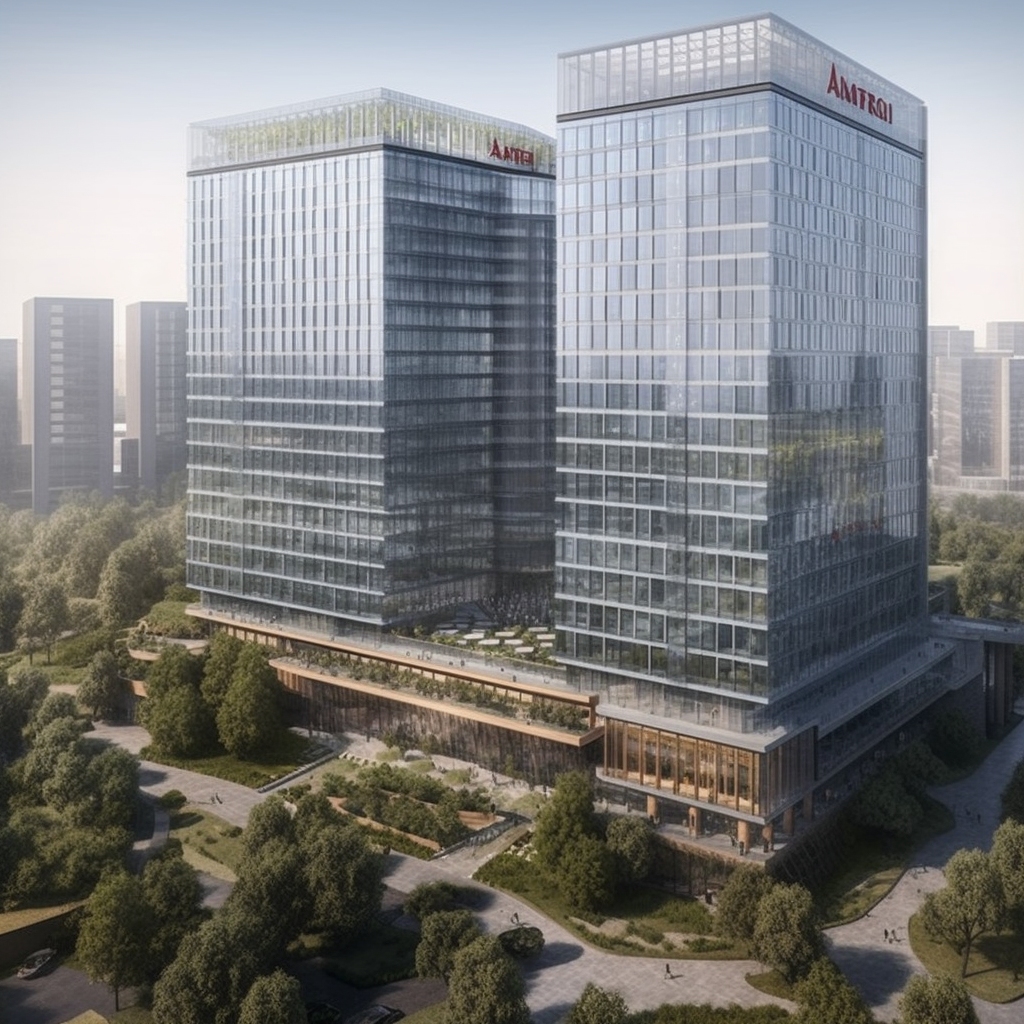
The future of multifamily housing is predominantly marked by small, privately-owned and operated buildings that look like normal homes, but are actually designed for short-term use.
This trend is creating a new breed of housing designer, who create these smaller buildings with the intent to rent them out. An example of a this is Alex Talley, who designs tiny houses that are often used as short-term rentals.
These small buildings will continue to exist for years to come as people need more affordable housing and small spaces are desired more than large ones. It will continue to trend because people want reliable accommodations when traveling or looking for a short term escape.
This article will talk about some trends that are changing the face of the multifamily real estate market and why people are choosing now to build residential property.
Growth in urban populations
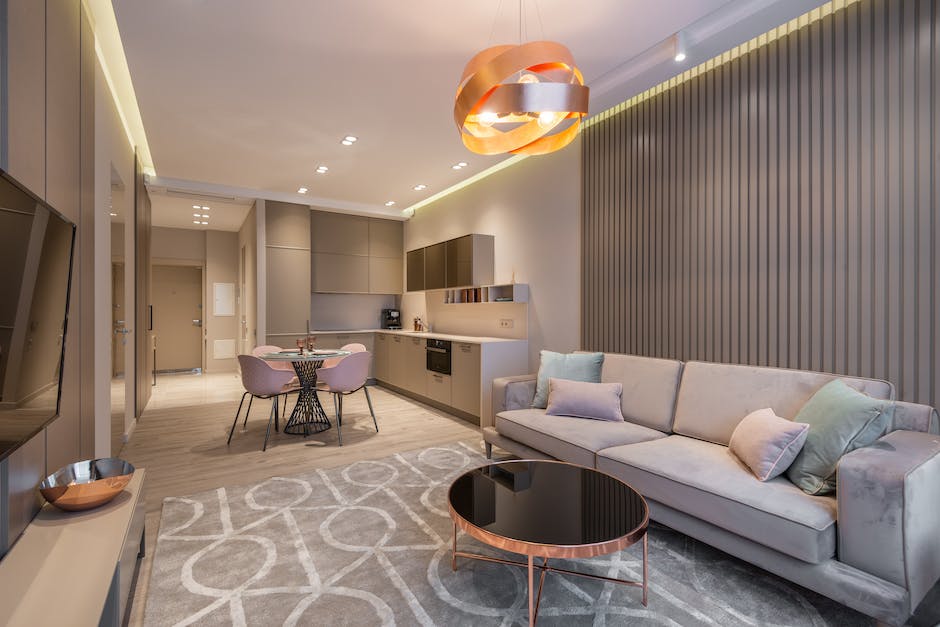
As the world continues to urbanize, more people are moving into small urban centers with around 100,000 new housing units were developed between 2010 and 2015 alone. This growth will continue as people continue to need housing!
More importantly, these new residents are expanding the size of existing housing stock. As people move into cities, they expand the number of apartments they need and want.
As residents increase in size, developers have an increased demand for both space and quality construction materials. These increased costs can be a deterrent to building enough units to satisfy demand.
Fortunately, this cost issue can be resolved by developers selling excess space at a higher price. This reduces pressure on developers to build at a sufficient pace to meet demand.
Rise in student housing markets
Student housing has become a lucrative market. There are nearly a dozen major university and college student housing markets in North America, and many of them have established their own campus housing market.
Many students choose to live on campus due to amenities, quality of living, and cost savings. With more than 100 On-Site Student Housing facilities nationwide, there are plenty of options to meet every need.
As the number of universities and colleges offering degrees rises, so do the requirements for student housing. Students look for places that are secure, have local food options they can enjoy, and offer other social opportunities.
This expansion in student housing has been coming for years, however it has recently gained momentum due to new developments and expansion fees. This is further fuelling the demand for new places.
Increased demand for walkable communities
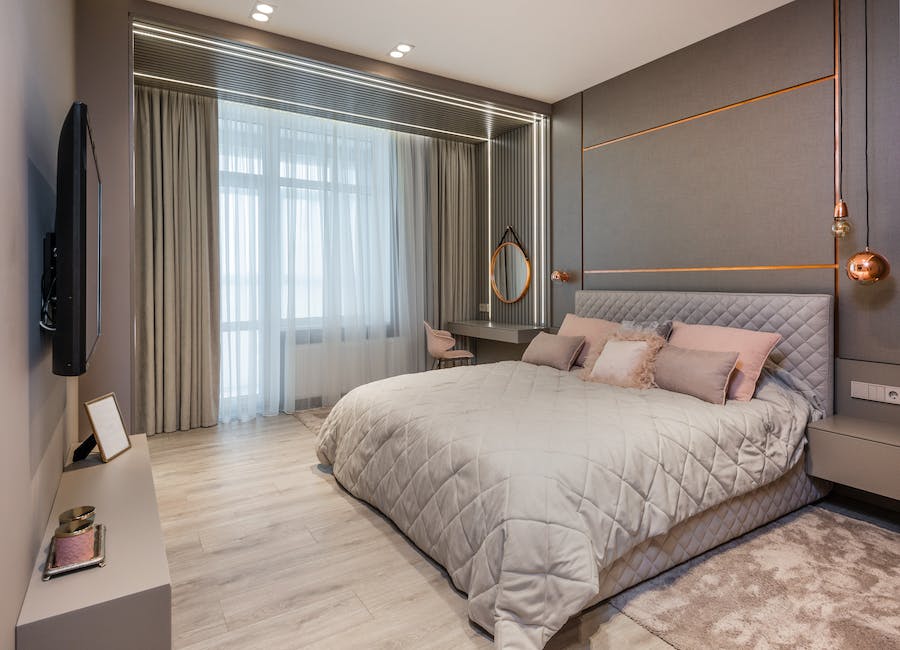
Walkability has become almost a way of life for many people. Even though technology makes it easy to create a sprawling, car-dependent community, most are aware of the fact that it is not a safe or enjoyable place to live.
Walkable communities are recognized by local officials as being an attractive and efficient place to live. They promote the development of local communities through their shops, restaurants, and other amenities.
Several factors are playing into the increased demand for walkable communities. One of these factors is increased demand for more affordable housing. Increased demand for affordable housing comes from increasing income levels in non-affordable homes and growth in the population without suitable replacement housing.
Another factor that is contributing to increasing demand for walkable communities is the increase in office and retail developments that require access to public transportation. This adds to concerns about safe walking between homes, outside of business hours.
Aging population demographics

As the world grows older, it will need more housing for aging populations. As population numbers continue to grow around the world, and property values continue to rise, foreign investors will continue to contribute to this sector.
Many people will continue to move into residential housing as they need housing and cost of living increases. This will help support the residential real estate market as home buyers purchase properties in higher valued areas with good schools and shopping nearby.
There are two major trends affecting the residential real estate market: demographics and ownership trends. Both of these trends will have a large impact on the future of this market.
Demographics is going to play a huge role in how much Residential Real Estate is traded at any given time. People are moving at a faster rate than ever before which is causing huge surges in demand for this type of property.
Baby boomers are beginning to retire in larger numbers
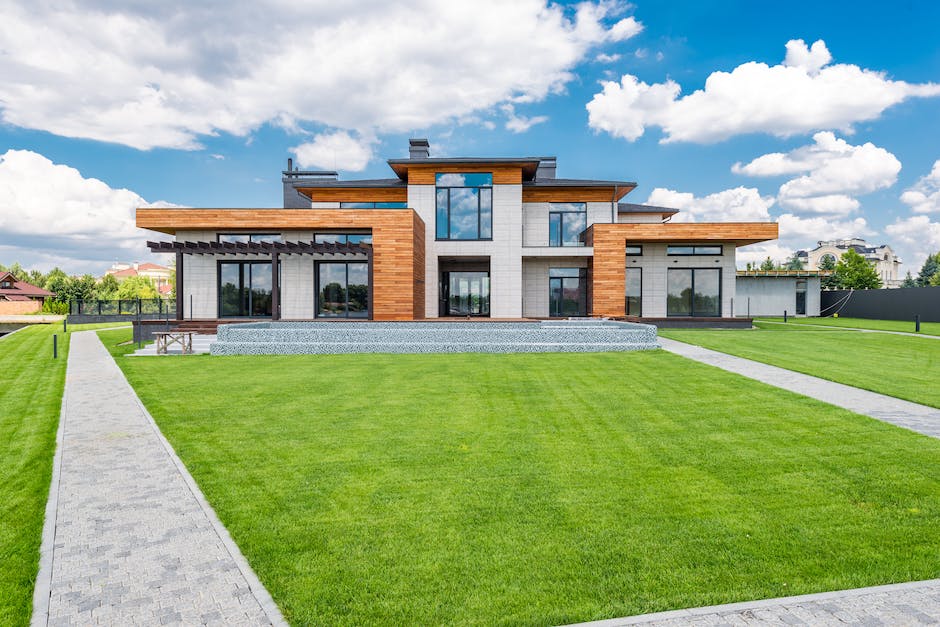
This is a major trend that is changing the way we build and design residential structures. Geriatric audiences are beginning to choose older structures in greater numbers because of their preference for simplicity in design and maintenance.
Older buildings are more cost effective to operate and maintain over newer models. This has two implications: first, cost-effectiveness in maintenance operations and second, the appreciation of property values that older properties tend to have more of over time.
Secondly, there is a growing desire to pass ownership rights onto generational successors. This is exemplified by the construction of these seniors’ housing facilities that are owned and operated by volunteers. These opportunities allow people who are not business owners or who do not have financial interest in building or owning new multifamily housing.
Many are moving from single-family homes to apartments for senior living
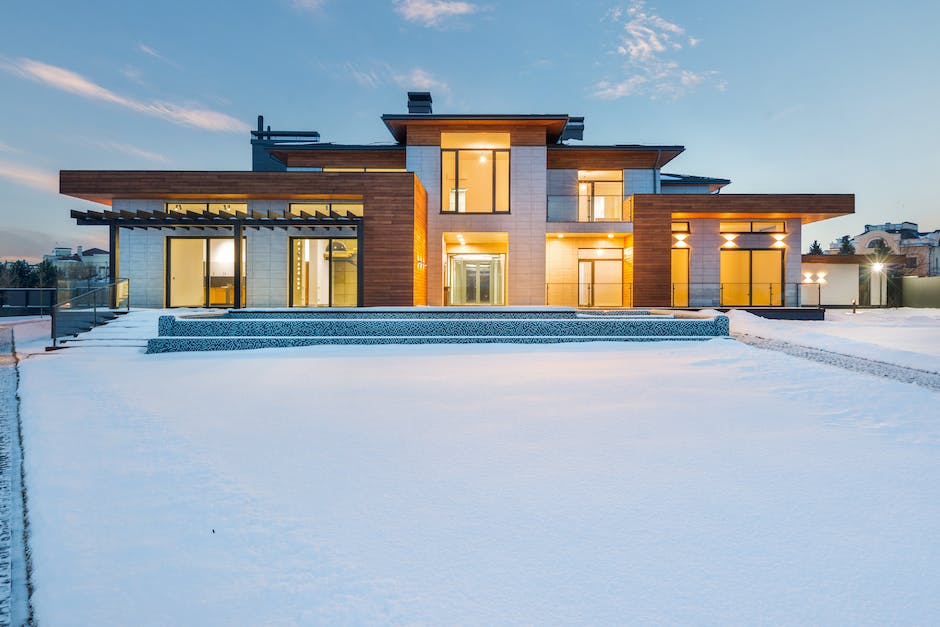
The fact that there are so many new multifamily buildings being constructed is a testament to the demand for such housing. In addition to the growing number of units, the size of these complexes is growing larger as people find it more convenient and affordable to live in apartments than properties with one or a few units.
Part of the appeal of living in an apartment is the ability to customize your unit, choose your meals and entertainment styles, and have them delivered! This kind of convenience is not available in most single-family homes.
Another appealing part of living in an apartment is the ability to grouse and gossip without worrying about being heard by others. This can be helpful when you do not have room for people in your home but need noise reduction software for speakers, software, and hardware so you can create silent areas within your home.
Finally, residents say they enjoy having access to their own parking space and access to public transportation.
Rising rents pushing people into homes with lower mortgages
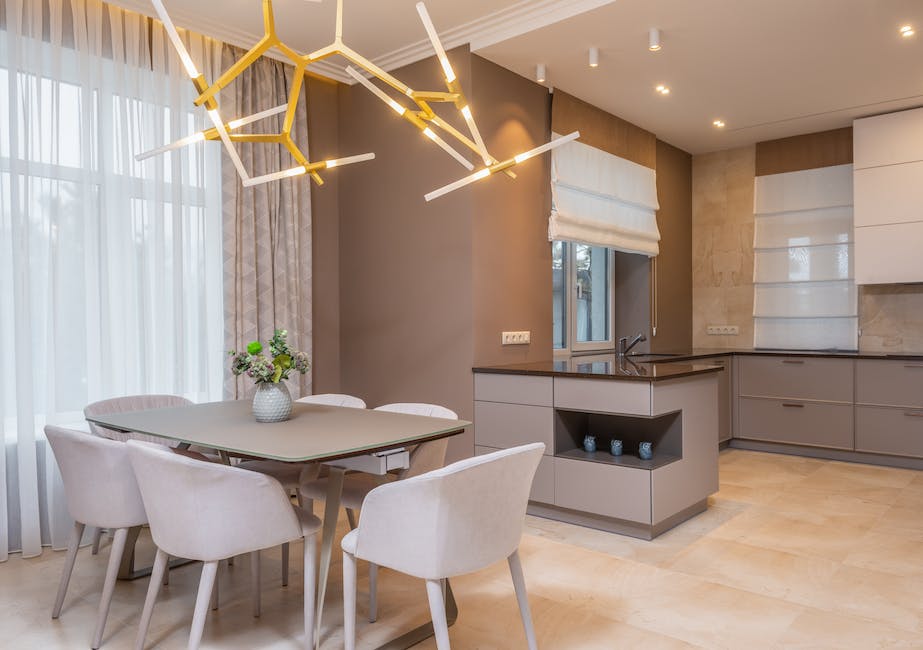
As home values grow and remain stable, house prices are still able to rise in relation to the median income. This means people can afford to purchase a home and live in it.
This increase in the number of homes being purchased makes a larger share of the population rich. Since more people are buying homes, there is more residential real estate for sale.
Many new homes are being constructed using high-end materials and techniques to save money. These new habits will continue as people continue to gain wealth and as new technologies continue to improve upon old ones.
This will continue to push up prices until people find ways to lower their payments or less affluent citizens acquire newer, nicer homes.
Home prices increasing while apartment prices fall

This is a common theme in recent news about the residential real estate market. Home prices are increasing while the apartment market falls behind.
This is a major trend that will continue into the future, and will only increase as more people look to own a place to live.
Home prices have increased by over 30% in the last year alone, which is quite impressive. This growth has continued into 2018 with both new homes and new apartments being released every week!
Many people are finding it hard to afford both homes and places at a good volume, which is why there are so many empty apartments being released each week.

